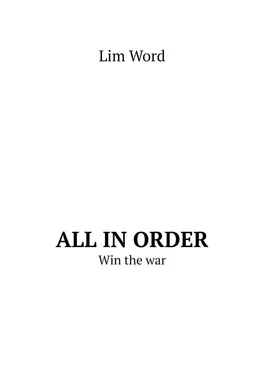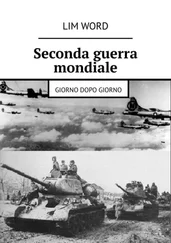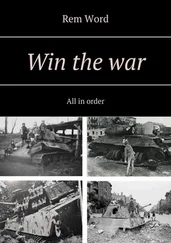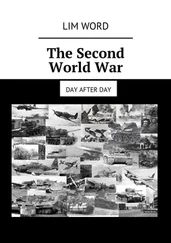
Among the advantages in the combat training of troops, after such a harsh school, is the abolition of the institution of political commissars, the experience of breaking through long-term fortifications, the winter war as a whole, and the return to production of a submachine gun (PAP). Cons, in addition to the hardest losses – the German government understands that, in principle, is able to achieve all-round success in the war against the “colossus on clay feet.” … A view of the surviving Soviet soldier in the camera. On the ruins of the Finnish pillbox, the spring of 1940.
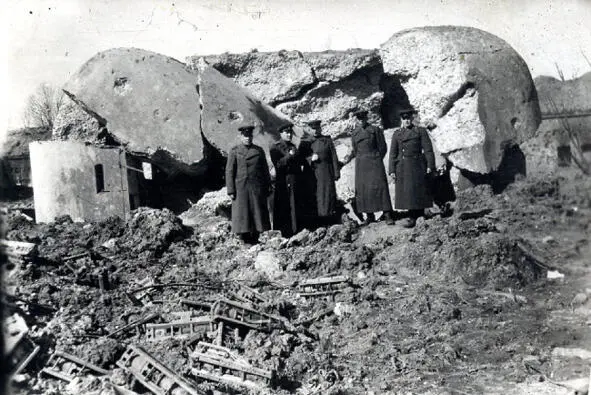
Soviet officers are posing against the backdrop of “Karelian sculpture”. March-April 1940

…Denmark and Norway are threatened with the capture of two centers of power: England and Germany. Denmark tends to the protectorate of Germany, the leaders of the country (ethnic Germans, as a rule) give the order not to resist the invasion; which took place in March 1940, and cost the life of thirteen Danish and two German soldiers. The Reich acquires a good supplier of agricultural products, a dozen of warships, as well as a 6,000-strong voluntary corps, which fought on the Eastern Front until its disbandment in 1943. Photo – German tanks T-2 on the streets of Copenhagen (Denmark)
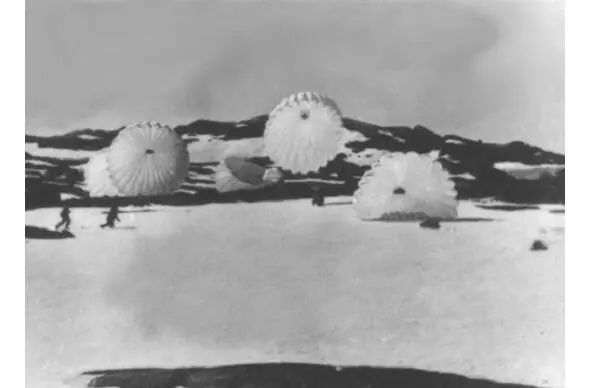
In April 1940, German warships attacked the British-assisted Norway and, by June 16 of the same year, with the support of airborne assault forces, seized it. The irrevocable human losses of the opponents are approximately equal: the Norwegians have 1,400 men, and also 60,000 prisoners, the British 1800, French and Polish 500, Germans about 4000. Allied forces are deprived of a total of 15 warships, including the aircraft carrier, Germany – 34 large and 10 small; these losses make the landing operation in the UK questionable. As a result of the submarine war, England is losing 485 ships, which is one third of the merchant fleet: Germany exchanges them for its 9 submarines.Photo – German paratroopers on the rocks of Norway
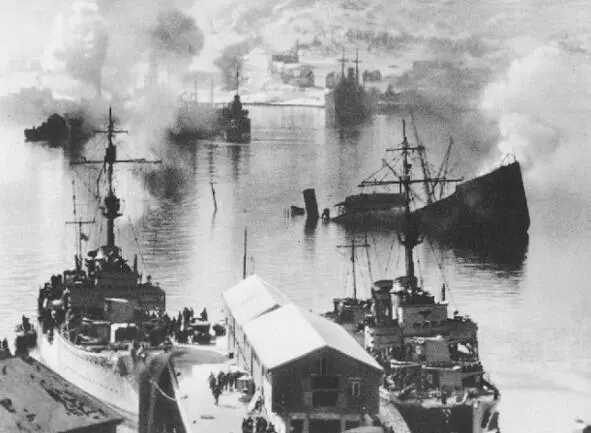
The harbor of the Norwegian city of Narvik, after a battle with the German fleet
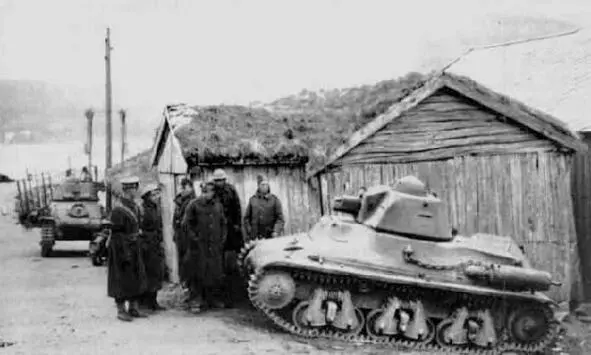
The French tanks “Renault”, delivered to the Norwegian allies, despite their generally good tactical and technical characteristics, still seem somewhat frivolous. Narvik, 1940
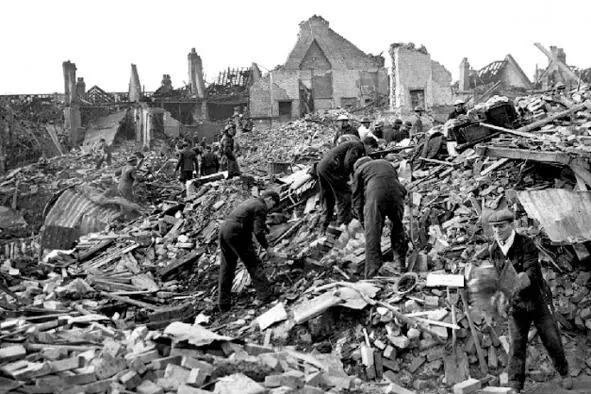
On May 10, 1940, Belgium and Holland receive an ultimatum from the German command with reproaches in violation of neutrality – the unhindered passage of British aircraft over their territory, as well as the construction of long-term fortifications facing Germany. The note calls on Holland not to prevent the German troops entering the country, not as enemies. which, however, by this time already are on the land of the Netherlands. The government of the country of dams and cheese requests assistance from the British and French, their expeditionary corps is being put forward to establish contact with the Dutch. German paratroopers seize the strategically important bridge from Rotterdam, which allows German tanks to block all large Dutch infantry units. Under the threat of bombardment of Rotterdam, a demand is demanded for full surrender of the state. The ultimatum is accepted, however, as a result of a mistake, or deliberate action of 60 Heinkel 111 bombers, 97 tons of bombs are dropped on the city. Holland surrenders five days after the outbreak of the war. Losses of the Dutch side: 2,330 soldiers and officers, 70 aircraft, (68 Typhoons lost by the British Air Force), as well as 2,000 civilians, German – about 3,000 military, 275 aircraft. In the photo – the ruins of the suburbs of Dutch Rotterdam after the German bombing
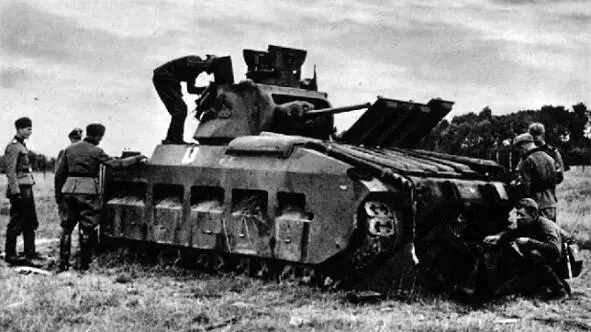
The idea of an ambitious German officer, Erich von Manstein, is to attack the Anglo-French army, superior in number (4 million to 3 million Wehrmacht fighters), through the mountain (Belgian) Ardennes, from the north, through the forces of a few but unified tank units, the Fuhrer.In the photo – German soldiers inspect the British tank “Matilda”, killed during the Ardennes operation
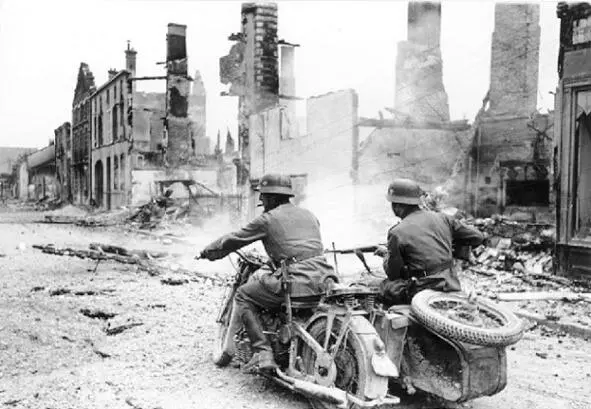
The battle continues to unfold in neighboring Belgium, where the combined French, English, Belgian troops, and Wehrmacht forces converge on May 10—11. The first, truly grandiose operation of the Germans begins almost a failure: in the vicinity of Luxembourg, a motorized column of 41,000 units of equipment, a bumper to the bumper, stands in a 250-kilometer traffic jam. However, the confused allies and do not subject this light, desired goal to the bombing. Finally, 1,100 tanks break away from the concentration of infantry and break through the mountain serpentines to Belgium. Three days later, steel cars, with carriages filled with primitin, almost unimpededly cross the borders of France.Photo – German motorcycle scouts are advancing along the street of a dilapidated French city

Of the battles of this period, one should note the first major tank battle at Ann, where 623 German (mainly Panzer 1—2) and 415 French (Renault, Gochkis, practically the same) tanks came together. The shortcomings of German armored vehicles were revealed – thin, 14.5 mm. armor and weak 20 mm. gun, against 45mm. armor and 37 mm. Guns tanks, Gochkis, whose crews, incidentally, consist of only two people. The tactics of the Panzerwaffe – beating with a single steel fist, with clear coordination over the radio and the clear purpose of the operation being conducted, shows superiority over the manner of the opponents to place the non-radiofected tanks in a shaky line. Belgium surrenders on May 28, its armed forces are getting out of the fight.In the photo – the dead French tankman near the broken tank Renault, France 1940.

During the offensive operations of the Wehrmacht in the Benelux countries, and in France, in addition to parachute assault, airplane-piloted planes are actively used (see photo). This way of landing is often associated with the loss of a valuable aircraft, but allows the soldiers to stay in the group, along with the cargo. It seems that for these German soldiers the war is just such an interesting adventure
Читать дальше
